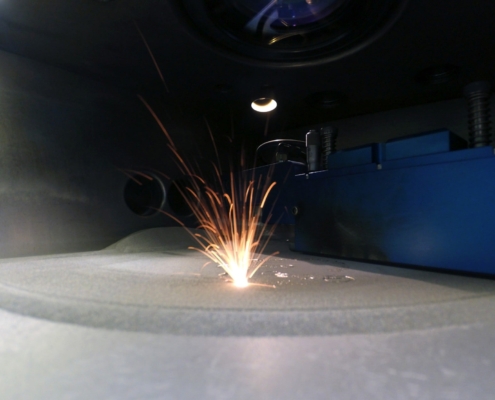To replicate DNA through PCR, one starts by heating the original DNA sample. This step separates the two intertwined strands of DNA into single strands in a process called “denaturing.” Once denatured, a Taq polymerase enzyme synthesizes two new DNA strands from the original sample. This process duplicates the original DNA, with each new molecule harboring an old and a new strand of DNA. This process is typically repeated up to 40 times, resulting in more than a billion copies of the original segment of DNA. Since the PCR cycle is highly automated, new systems can complete the entire process in about 1-hour or less.
Optics plays a crucial role in the PCR process. The amplified DNA is tagged with a dye molecule (fluorophore) that, when illuminated with light of one color (wavelength), emits light of a different, red-shift color for detection. The level of emitted fluorescence light determines the concentration of DNA through predetermined calibration models. Correctly designing the illumination and detection optics is crucial to ensuring any PCR instrument performs tests reliably and repeatedly, with high accuracy. This accuracy is vital for 4-, 5- and 6-channel fluorescence PCR instruments when there is a small overlap of fluorophores in absorption and emission wavelengths. In addition, the design engineer must consider the effects of spectral crosstalk between fluorophores.




